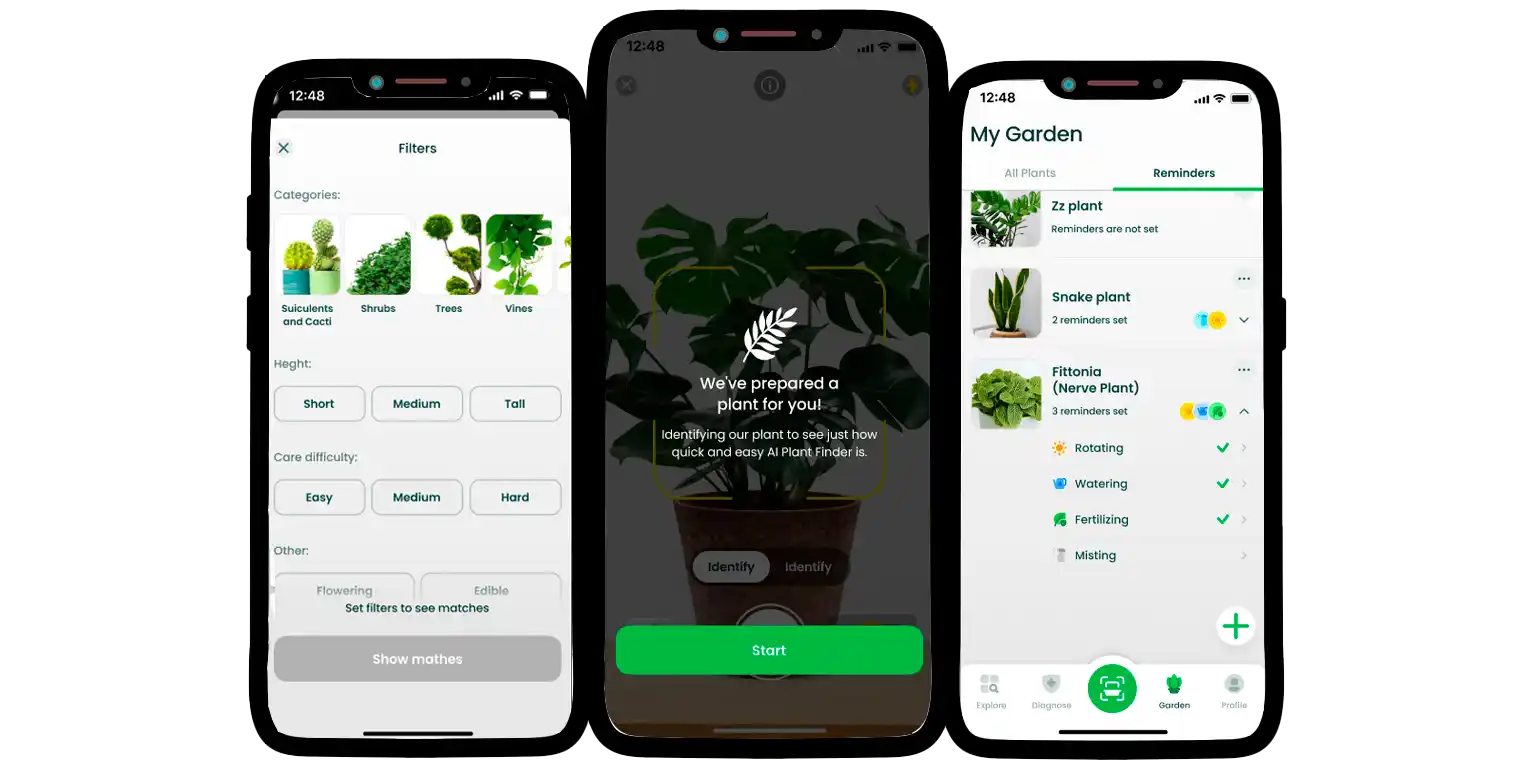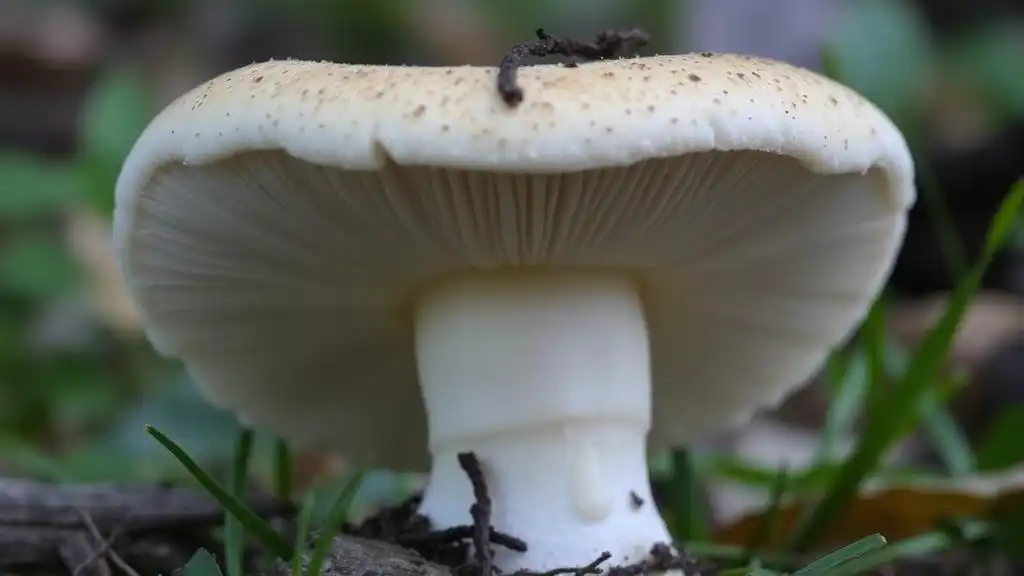What Are Chill Hours in Gardening? Special Terms Explained

One of the most complex questions in the realm of fruit tree gardening concerns how plant life cycles work and how they adapt to different seasons and temperatures in particular. Nevertheless, the factor that may explain these intricate aspects always remains the same and relates to “chill hours”.
Contents:
One of the most complex questions in the realm of fruit tree gardening concerns how plant life cycles work and how they adapt to different seasons and temperatures in particular. Nevertheless, the factor that may explain these intricate aspects always remains the same and relates to “chill hours”.
What are chill hours for fruit trees? Why are they so important to consider? Let us discover what those labels mean and how to calculate chill hours the right way to create a thriving garden efficiently.

The Definition of Chill Hours
Chill hours, also referred to as chill units or chill requirements, represent the specific duration, whether in hours or days, that a plant needs to experience within a certain temperature range* during the winter season so as to restore energy, start a new growth cycle, and facilitate reproduction. Hence, a tree will be able to bloom to the fullest and provide one with fruits soon after.
Note that chill units totally depend on the climate, a hardiness zone, and the plant species, for some tree types may require thousands of chill hours, while others, e.g., citrus or tropical fruits, may need fewer to no hours at all.
*This usually include the temperature between 32°F and 45°F or 1°C and 7°C, without dipping below these thresholds.
Why Do Chill Hours Make Sense?
Essentially, chill hours lay the foundation for the consistent development and efficient growth of fruit-bearing plants, such as apples, plums, cherries, and the like. As soon as the late fall or winter comes, plants enter a state of dormancy, a natural period of reduced growth and metabolic activity equal to what we call a deep sleep.
During this period, trees conserve energy, prepare for the upcoming harsh conditions of winter, and restart the internal growth clock, just like we humans do every night. All in all, without an adequate accumulation of energy, the plants may not successfully break dormancy but miss flowering and crop production.
By the way, have you ever wondered why the flora and fauna manage to synchronize? In order to maximize pollination and fruit development, it is required for a tree to be exposed to certain temperature levels before a new cycle starts. This is how a plant gets ready to thrive again and ensure consistent and high-quality fruit.

How to Identify How Many Chill Hours Are Needed?
Before planting, it is always better to determine the precise chill hour requirements for the particular fruit-bearing trees so as to make sure they grow and thrive efficiently. Although this might seem overly complicated at first, there are several ways you can follow to find out the exact number of chill units.
Consult Local Resources and Plant Nurseries.
Local gardening resources, such as seed catalogs, planting guides, and professional blogs, regularly include information regarding chill requirements and other relevant details, too. Besides, plant nursery specialists are always ready to give recommendations and assist you on your planting journey with pleasure.
Employ Chill Hour Calculators.
Although such calculators are not universal but region-specific, they may help estimate chill hour accumulation based on average temperature data. These models take into account various factors, e.g., temperature fluctuations, average numbers, and climate as a whole, unique for the particular area. Hence, one can obtain the most accurate estimation for the specific plant they intend to grow.
Monitor Plant Response.
The most reliable option is to learn from your own experience. Keeping the statistics, that is to include dormancy break, flowering timing, exact temperatures during the year, and so on, may help you understand whether the plants are receiving the right number of chill units.

To calculate how many chill hours the plant experiences, count each full hour when the temperature falls within the specified chill temperature range mentioned earlier. Afterward, you may compare these results with the general requirements and identify if it is sufficient for your plant or not.
Choose the Right Fruit-Bearing Tree for Your Yard
However daunting it may seem, choosing an appropriate plant may turn into an interesting and captivating process. With the use of such tools as AI Plant Finder, one may get acquainted with various plant species, chill requirements, and tips on how to grow and take care of the greenery properly. Each plant card incorporates info about care requirements, special attributes (toxicity, edibility, etc), where to plant, how difficult it is to cultivate, and what it needs to grow.
Among the most notable features of the AI Plant Finder app are Plant Care Notifications that may be set up for each of your plants in the garden; the water calculator and the light meter that may help you identify what level of moisture and illuminance the plants need; AI Botanist that serves as a personal assistant available 24/7.
Nevertheless, what defines this app as the ultimate solution is plant and disease identification via photo. To detect what plant species you see and what it has been suffering from, point a camera at this member of flora, take a picture, and wait for the app’s system to analyze it. Hence, you will be given the relevant options and solutions in an instant. Why not try it right now and create a healthy garden?

The nuances of gardening often arise unintentionally and unexpectedly. What is a chill hour for fruit trees? Why is it necessary to be experienced? Exploring chill hour requirements is one of the essential steps to take before planting a tree to ensure its health, vitality, and productivity. This is how a fruitful harvest will no longer be a dream but your annual reality.
Share:
Read More
Identify Any Plant, Diagnose Every Disease
Download Our App Now!


